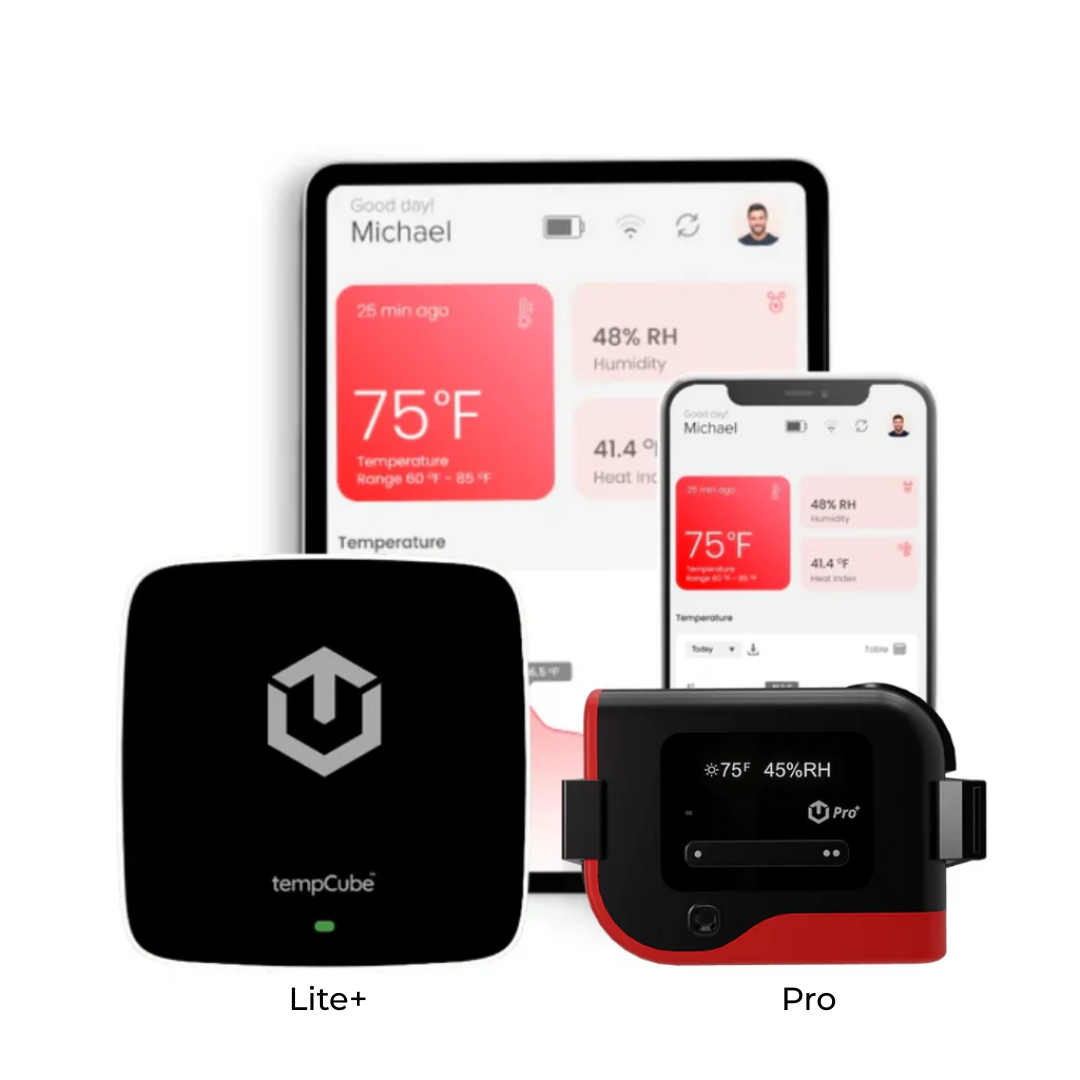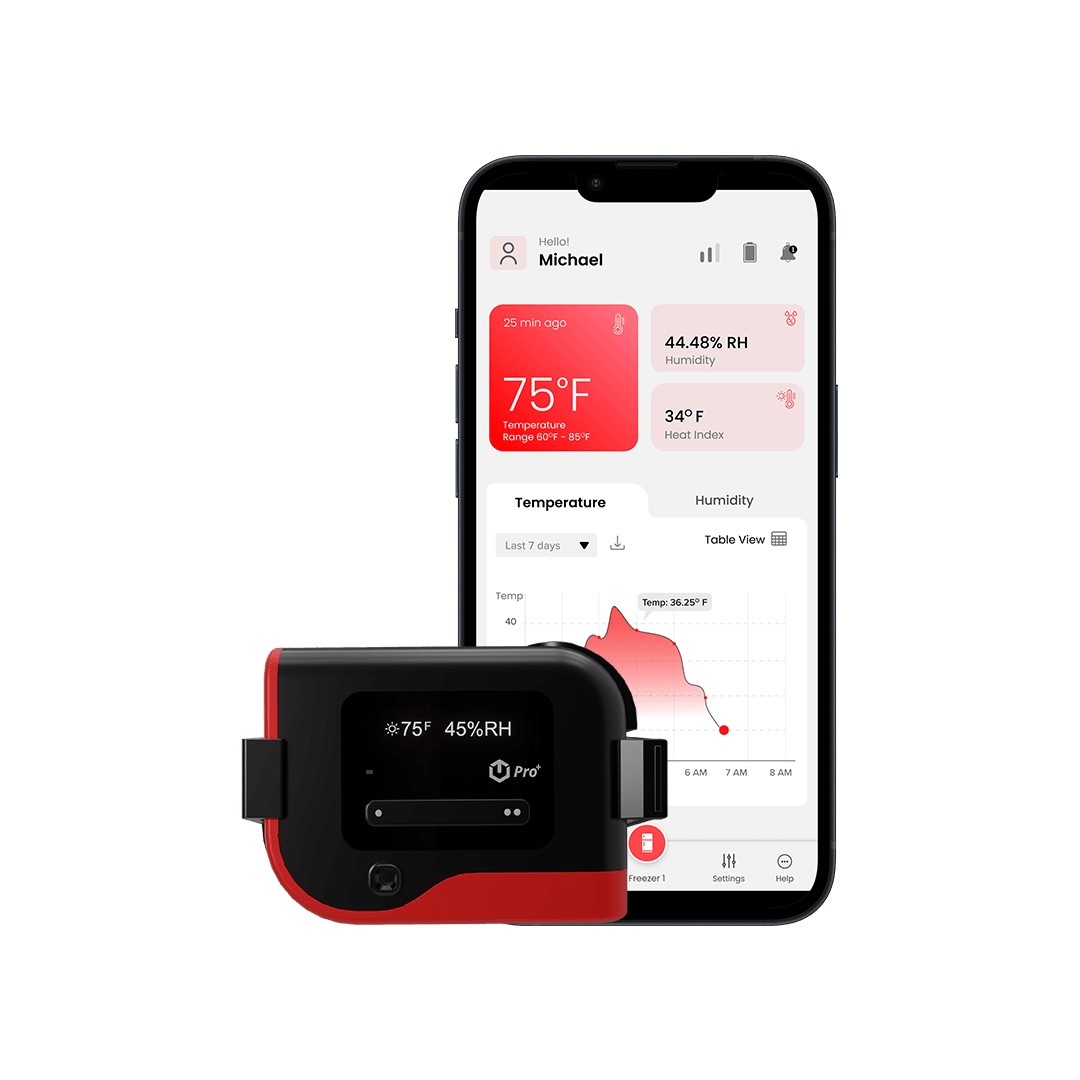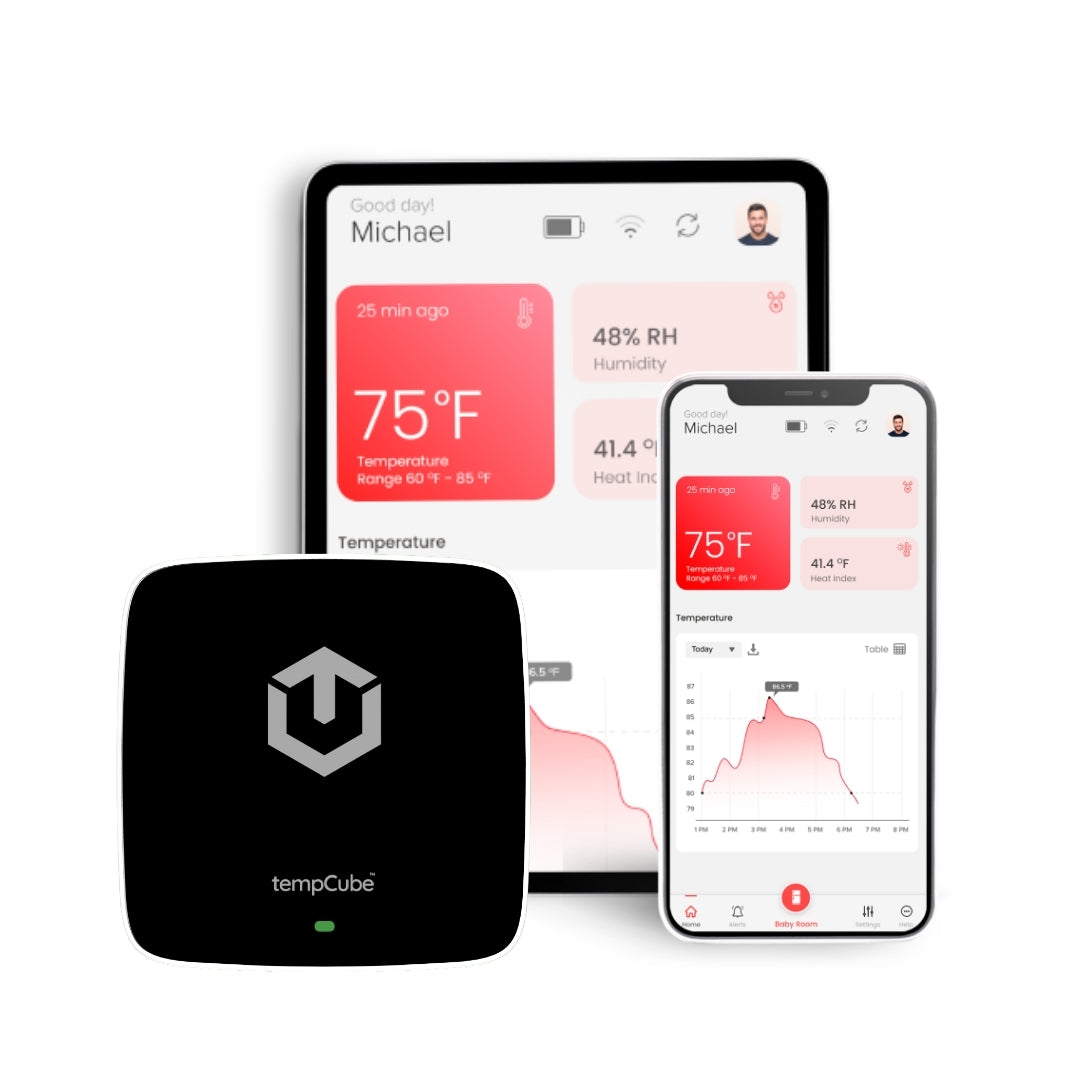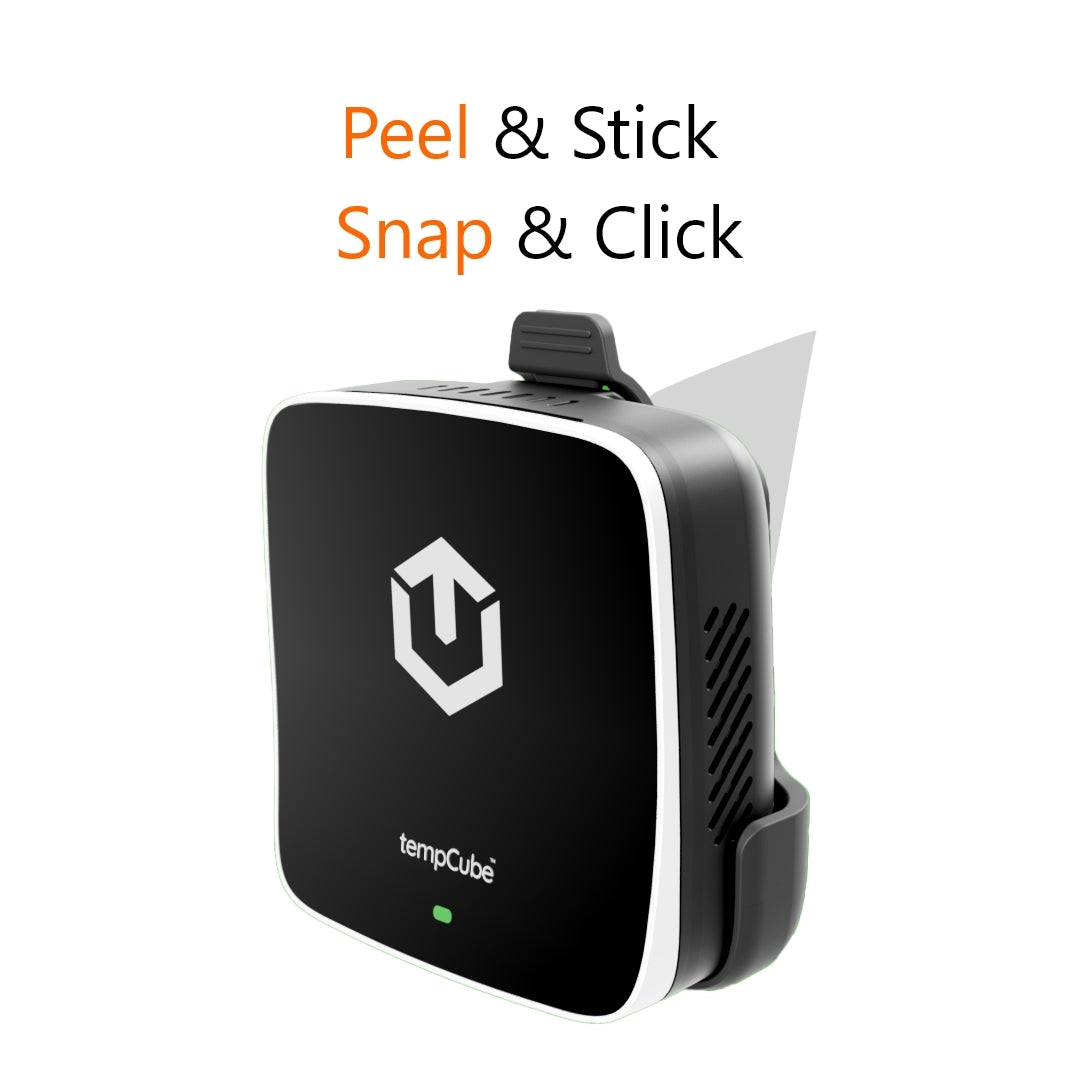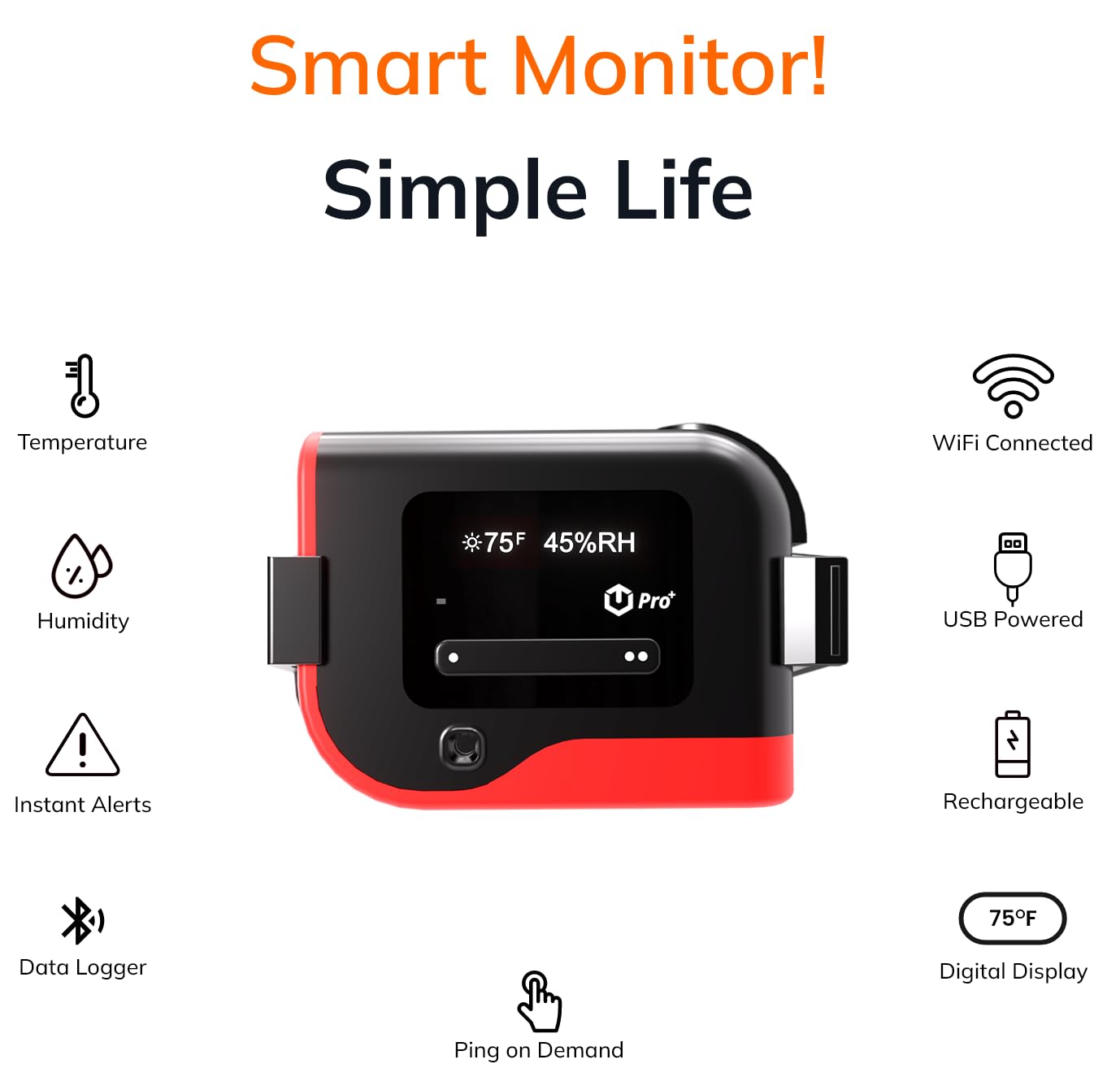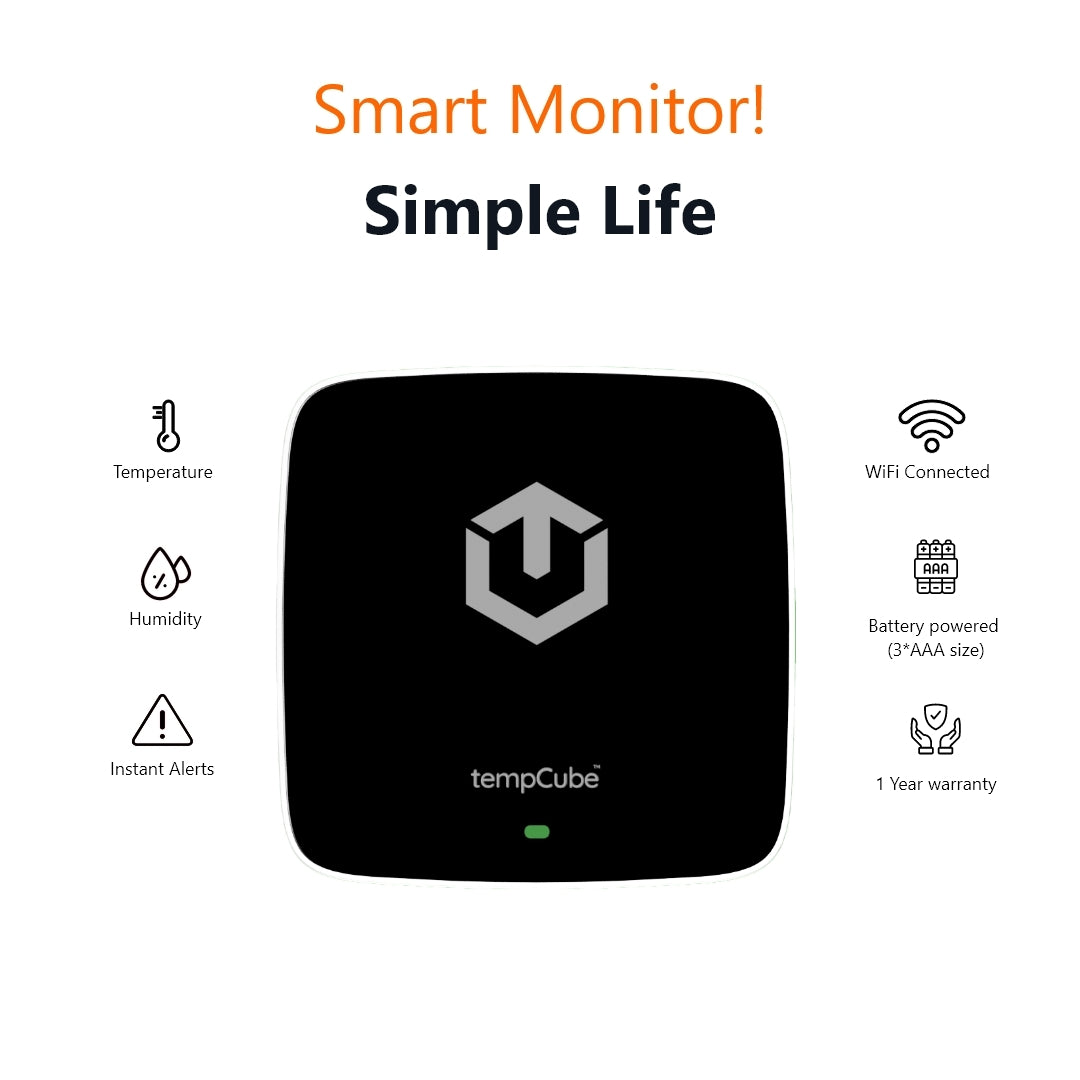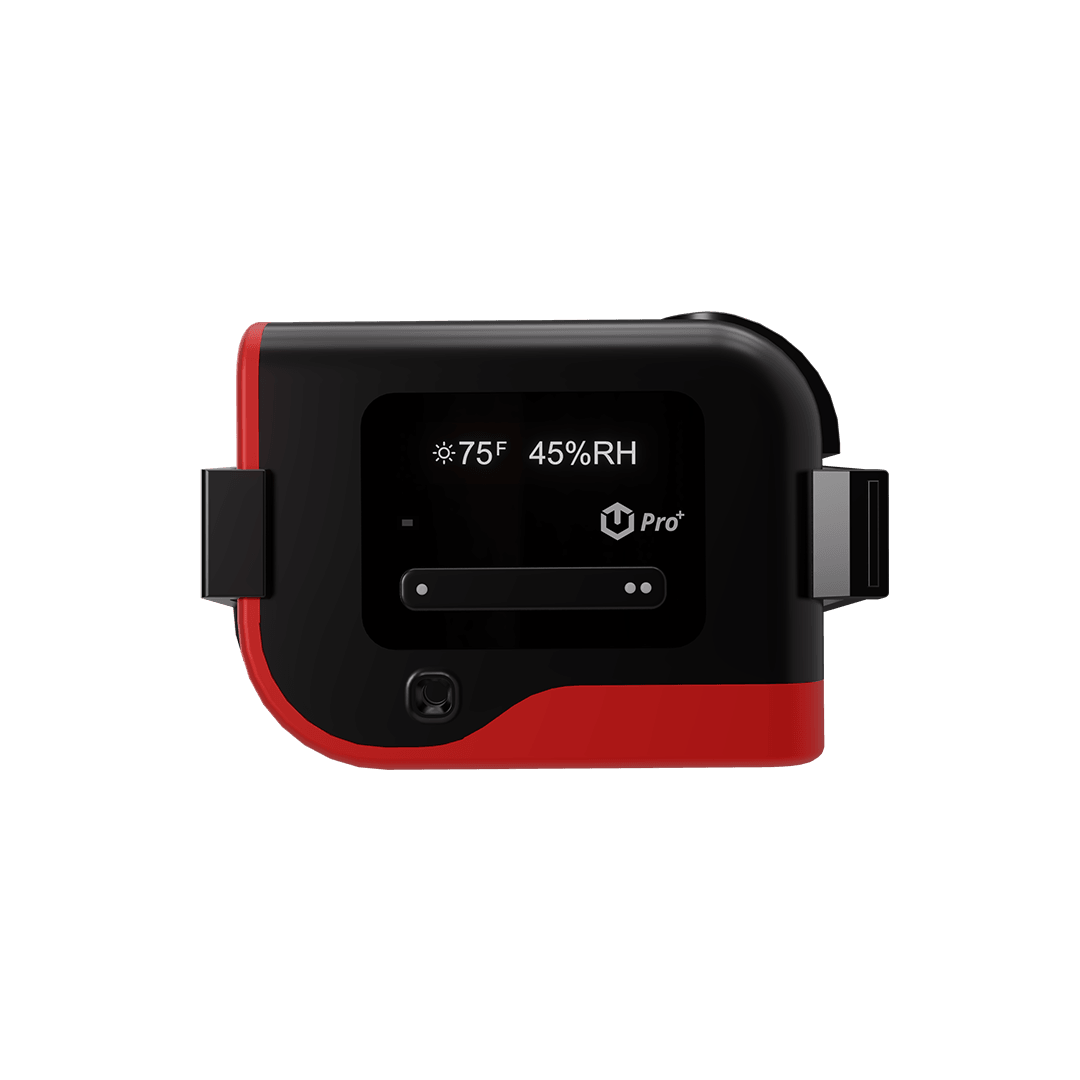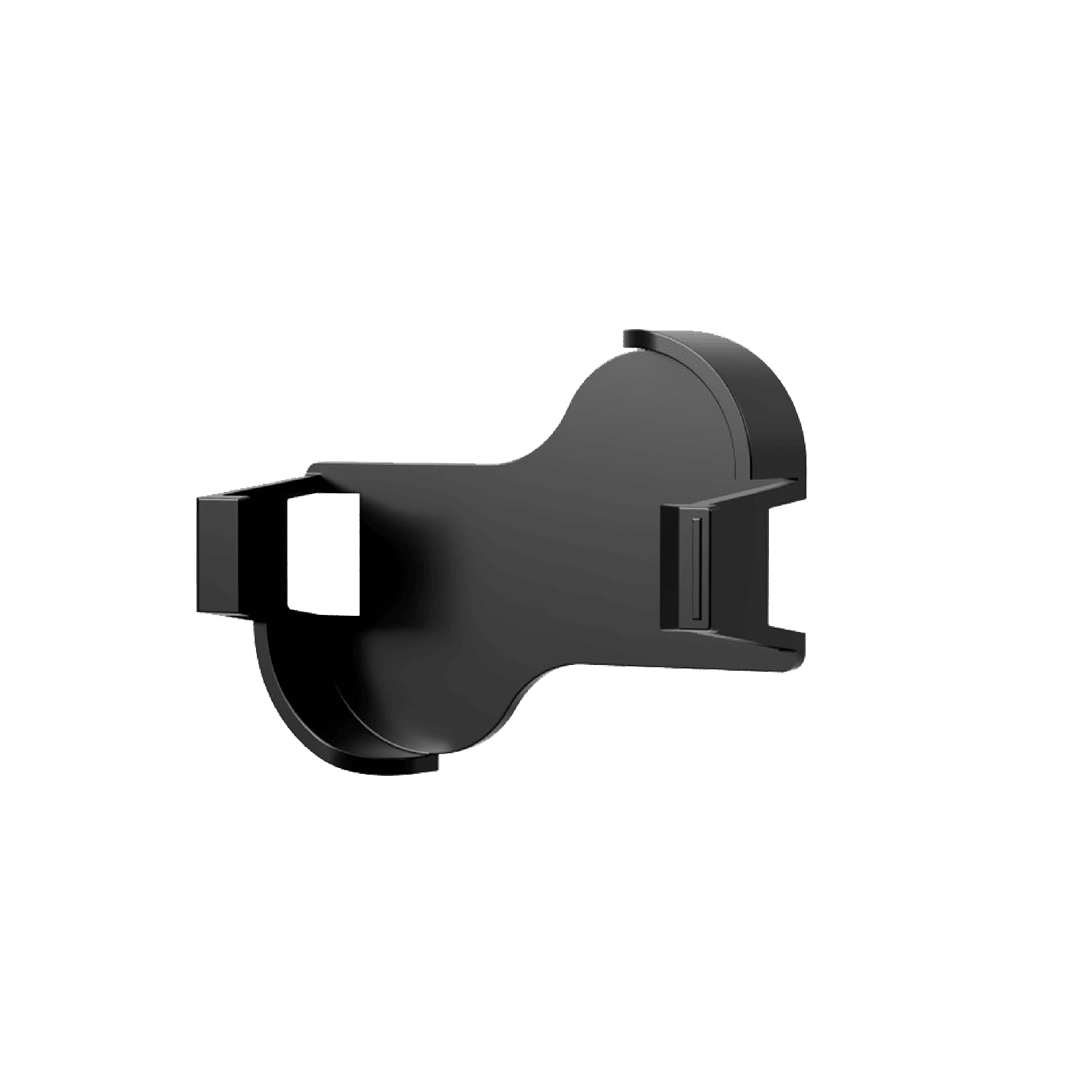Temperature monitoring is critical to maintaining the quality and aging potential of wines in your cellar. With the advancement of technology, various temperature monitoring systems are available to help you accurately monitor and control temperature fluctuations. This detailed blog will guide you through choosing the right temperature monitoring system for your wine cellar. We will explore the key considerations, types of monitoring systems, features to look for, and the benefits of implementing an effective temperature monitoring solution.
Considerations When Choosing a Temperature Monitoring System
Before selecting a temperature monitoring system for your wine cellar, it's essential to consider the following factors:
- Cellar Size: The size of your wine cellar will impact the type and scale of the monitoring system you require. More enormous cellars may need multiple sensors and a more comprehensive monitoring solution.
- Temperature Range: Different wines have specific temperature preferences. Consider the ideal temperature range for the wines in your collection to ensure that the monitoring system can accommodate the desired temperature parameters.
- Connectivity and Accessibility: Decide whether you prefer a system with remote access and monitoring capabilities. This allows you to monitor temperature readings and receive alerts even when you're away from the cellar.
- Ease of Use: Consider the user-friendliness of the system. Look for systems that have intuitive interfaces and straightforward installation processes.
- Data Logging and Analysis: Determine if you require detailed data logging and analysis features. Some systems can provide historical temperature data, trends, and reports to help you understand temperature fluctuations and make informed decisions.
Types of Temperature Monitoring Systems
There are different types of temperature monitoring systems available for wine cellars. Let's explore the most common options:
- Standalone Thermometers: These are basic thermometers with probes that provide real-time temperature readings. They are affordable and easy to use but may need more advanced features like data logging and remote monitoring.
- Temperature Data Loggers: These devices are designed to record and store temperature data over time. They often come with software that allows you to analyze the data and identify temperature trends. Data loggers can be standalone or connected to a computer for data retrieval and analysis.
- Wireless Monitoring Systems: These systems utilize wireless sensors placed strategically throughout the cellar to monitor temperature and humidity levels. The sensors transmit data to a central monitoring unit or a smartphone app, providing real-time monitoring and alerts.
- Smart Home Automation Systems: These advanced systems integrate temperature monitoring with your smart home setup. They offer remote access and control through mobile apps, allowing you to monitor and adjust temperature settings from anywhere.
Key Features to Look for in a Temperature Monitoring System
- Accuracy and Precision: Look for a system that provides accurate and precise temperature readings. Ensure it has a high-quality sensor and calibration options to maintain accuracy over time.
- Real-Time Monitoring and Alerts: A reliable system should offer real-time monitoring capabilities and alert notifications. Alerts can be sent via email, SMS, or push notifications to ensure prompt action in case of temperature deviations.
- Data Logging and Analysis: If you require detailed temperature data, select a system that features data logging and analysis. This lets you track temperature trends, identify patterns, and make data-driven decisions.
- User-Friendly Interface: Choose a system with an intuitive and user-friendly interface. This simplifies the setup process, allows easy access to temperature data, and facilitates smooth navigation through the system's features.
- Expandability and Scalability: Consider the flexibility of the system. Determine if it can accommodate the size of your wine cellar and if it allows additional sensors or modules to be added.
- Battery Life and Power Backup: Ensure the system has a reliable power source or battery backup to ensure continuous monitoring, even during power outages.
Certainly! Here are some frequently asked questions (FAQs) about choosing the right temperature monitoring system for your wine cellar:
What factors should be considered when choosing a temperature monitoring system for a wine cellar?
Several factors should be considered, including the size of the wine cellar, the desired temperature range, the need for remote access and monitoring capabilities, ease of use, data logging and analysis features, and scalability. Considering these factors will help you select a system that suits your requirements.
What are the different types of temperature monitoring systems available for wine cellars?
Standard temperature monitoring systems for wine cellars include standalone thermometers, temperature data loggers, wireless monitoring systems, and intelligent home automation systems. Each class offers unique features and capabilities, allowing you to choose the best fit for your needs.
How do I ensure that the temperature monitoring system provides accurate readings?
Choose a system with high-quality sensors and calibration options to ensure accurate temperature readings. Then, regularly calibrate the system and sensors according to the manufacturer's instructions. This will help maintain accuracy over time and provide reliable temperature readings.
Conclusion
Choosing the right temperature monitoring system for your wine cellar is crucial to maintaining quality and aging potential. Consider the size of your basement, temperature requirements, connectivity preferences, ease of use, data logging features, and scalability. Implementing an effective temperature monitoring system provides peace of mind, preserves wine quality, enables early issue detection, and facilitates data-driven decision-making. With the right strategy in place, you can ensure that your wine collection is stored under optimal temperature conditions, allowing you to enjoy your wines' full flavors and aromas for years to come.

